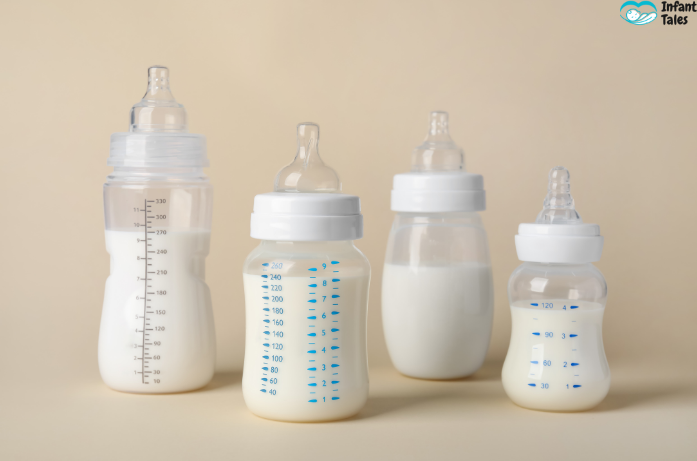An Essential Guide for New Parents and Caregivers
Introduction
Welcoming a newborn into your life is a joyous occasion, but it also comes with a steep learning curve. One of the first and most crucial skills new parents and caregivers must master is how to hold a newborn baby correctly. Proper holding techniques ensure the baby’s safety, comfort, and support their physical and emotional development. This comprehensive guide will walk you through the essential aspects of holding a newborn, providing you with the confidence to care for your little one safely.
Why Proper Holding Matters
Newborns are delicate, with underdeveloped muscles and fragile bones. Their neck muscles aren’t strong enough to support their heads, making it vital to provide adequate support when holding them. Incorrect handling can lead to discomfort, distress, or even injury. Moreover, holding your baby correctly fosters bonding, provides emotional security, and can soothe a fussy infant.
General Guidelines for Holding a Newborn
- Wash Your Hands: Always wash your hands before handling your baby to prevent the spread of germs.
- Support the Head and Neck: Always cradle the baby’s head and neck with one hand, as they cannot support their own head.
- Hold Close to Your Body: Keep the baby close to your chest to provide warmth and a sense of security.
- Stay Calm and Confident: Babies can sense your emotions. Holding them with confidence and calmness can help soothe them.
Common Holding Positions
1. Cradle Hold
How to: Place the baby’s head in the crook of one arm, supporting their back and bottom with your forearm and hand.
Benefits: Ideal for feeding and allows for eye contact, promoting bonding.
2. Shoulder Hold
How to: Place the baby’s head on your shoulder, supporting their head and neck with one hand and their bottom with the other.
Benefits: Helps in releasing gas and allows the baby to hear your heartbeat, which can be soothing.
3. Football Hold
How to: Tuck the baby under your arm (like a football), supporting their head and neck with your hand and their body along your forearm.
Benefits: Keeps pressure off the abdomen, beneficial for mothers recovering from a cesarean section.
4. Lap Hold
How to: Sit down and place the baby on your lap, facing you. Support their head and neck with both hands.
Benefits: Encourages bonding and is excellent for playtime.
5. Belly Hold
How to: Lay the baby face-down across your forearm, with their head near your elbow and legs dangling on either side of your hand.
Benefits: Applies gentle pressure to the baby’s abdomen, aiding digestion.
Tips for Safe Handling
- Avoid Sudden Movements: Always move smoothly and gently to avoid startling the baby.
- Use Both Hands: Especially when picking up or putting down the baby, ensure you have a secure grip.
- Be Mindful of Surroundings: Watch out for obstacles or slippery surfaces that could cause accidents.
- Educate Others: Ensure that anyone else who holds your baby knows the correct techniques.
When to Be Extra Cautious
- After Feeding: Hold the baby upright for 10-15 minutes to help prevent spit-up.
- If the Baby Is Sick: Be extra gentle and consult a pediatrician for specific holding recommendations.
- During Bath Time: Ensure a firm grip, as babies can be slippery when wet.
Additional Resources
For visual demonstrations and more detailed guidance, consider visiting the following reputable sources:
- Raising Children Network: How to Hold Your Newborn
- Boston Children’s Hospital: How To Hold A Baby
- The Bump: How to Hold a Newborn Baby
Conclusion
Holding your newborn correctly is fundamental to their safety and comfort. By following the guidelines and techniques outlined above, you can ensure that your baby feels secure and loved. Remember, confidence comes with practice, so don’t be discouraged if it feels awkward at first. With time, holding your baby will become second nature, strengthening the bond between you and your little one.



